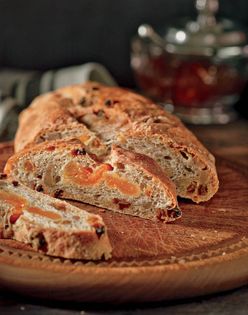Advertisement

Preparation info
- Makes
One
11 by 4 by 2½ inch high loaf - Difficulty
Medium
- Ready in
10 min
Appears in
Published 2014
I discovered this exceptional bread called speja (which translates as “scout” or “spy”) from an award winning Swedish book by baker


